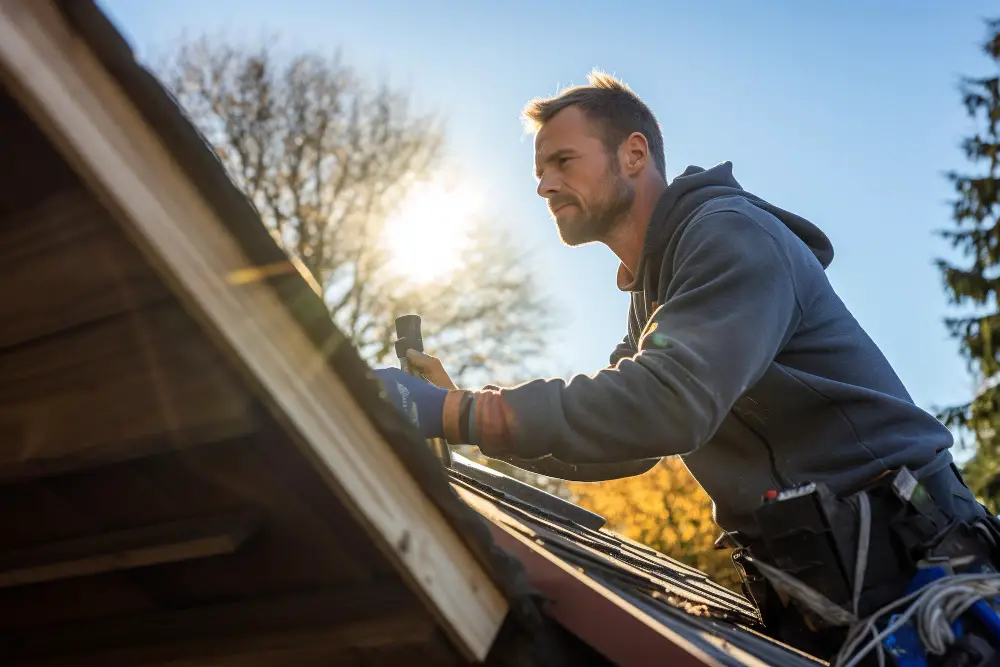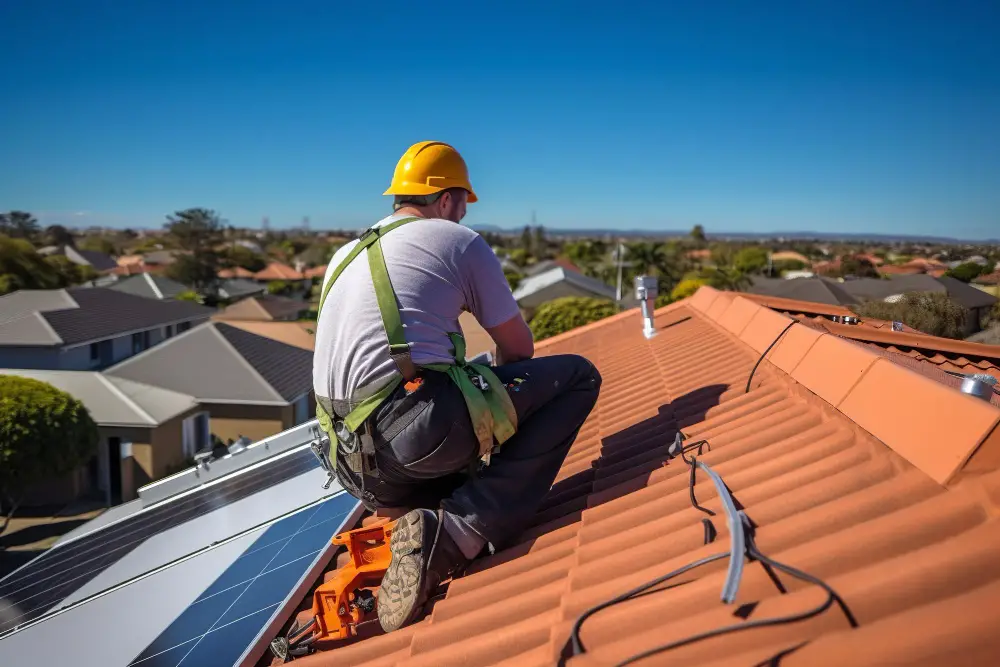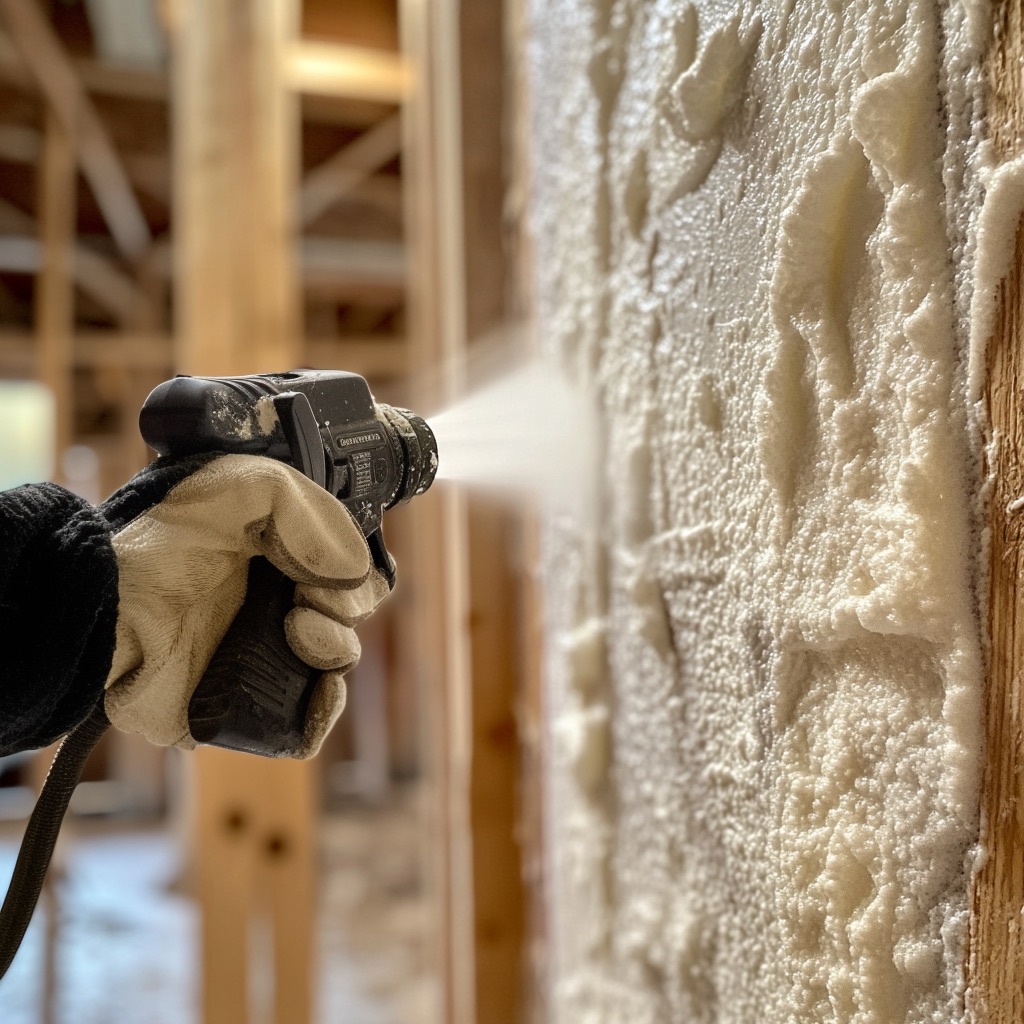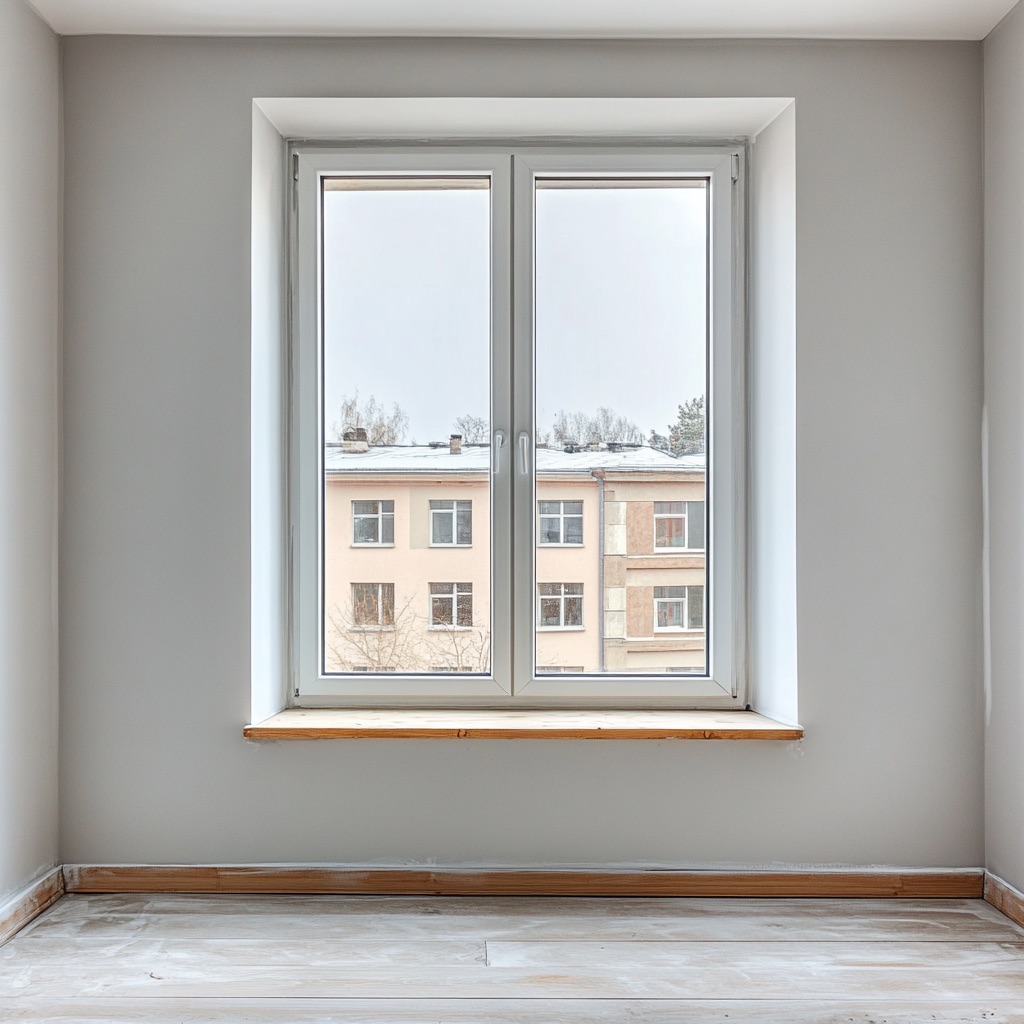Your home is more than just walls and floors; it’s your sanctuary, your haven from the outside world. At the heart of that sanctuary lies your roof, providing protection from the elements and ensuring your comfort and safety. However, as time passes and weather conditions fluctuate, your roof may start to show signs of wear and tear, compromising its ability to keep you and your loved ones secure.
In this blog post, we’ll delve into the realm of roofing reinforcement, offering you eight insider tips to strengthen your shelter and fortify your home against the elements. From routine maintenance to strategic upgrades, these tips will help you ensure that your roof remains robust and reliable for years to come.
Consulting with a Professional

While DIY maintenance and repairs can help keep your roof in good condition, some tasks are best left to the professionals. If you’re unsure about the condition of your roof or how to address specific issues, don’t hesitate to consult with a licensed roofing contractor, experts from Springfield Roofing suggest.
A professional inspection can help identify any underlying problems and provide expert recommendations for reinforcing your roof and ensuring its long-term stability.
Regular Inspections
Regular inspections are the cornerstone of roof maintenance. By visually examining your roof for signs of wear and tear, such as missing or broken shingles, sagging areas, or leaks, you can catch potential issues early. It’s recommended to conduct these inspections at least twice a year, ideally in the spring and fall, to coincide with seasonal changes and weather patterns.
By staying proactive with inspections, you can identify problems before they worsen, potentially saving you from costly repairs down the line. Regular maintenance not only ensures the longevity of your roof but also contributes to the overall safety and stability of your home.
Addressing Weak Points

During your inspections, pay close attention to potential weak points in your roof’s structure, such as flashing around chimneys, vents, and skylights, as well as areas where different roofing materials meet. These areas are more prone to leaks and water damage, so be sure to inspect them thoroughly and address any issues promptly.
Reinforcing Roof Decking
The decking, or sheathing, of your roof provides the foundation for your roofing materials and plays a crucial role in its structural integrity. Over time, the decking can weaken due to moisture damage or general wear and tear. To strengthen your roof, consider reinforcing the decking with additional layers or materials, such as plywood or oriented strand board (OSB), to provide added support and stability.
Upgrading to Impact-resistant Shingles
Living in regions susceptible to severe weather demands proactive measures to safeguard your roof. Upgrading to impact-resistant shingles is a prudent choice, especially in areas prone to hailstorms or high winds. These specialized shingles are engineered to withstand the force of hail and flying debris, significantly reducing the likelihood of roof damage and extending its lifespan.
Although the initial cost of impact-resistant shingles may be higher than traditional options, the long-term savings are substantial. By minimizing the need for repairs and replacements, these shingles prove to be a wise investment, offering both financial security and peace of mind in the face of unpredictable weather conditions.
Installing a Secondary Water Barrier
A secondary water barrier, also known as an underlayment, is a waterproof membrane installed beneath your roofing materials to provide an additional layer of protection against moisture intrusion. This barrier helps prevent leaks and water damage, especially in areas prone to heavy rainfall or snow accumulation.
Consider installing a high-quality underlayment, such as a synthetic or self-adhering membrane, to reinforce your roof and enhance its durability.
Strengthening Roof-to-wall Connections
The connection between your roof and walls is critical for maintaining the structural integrity of your home, especially during high winds or seismic events. Strengthening these connections can help prevent roof uplift and reduce the risk of damage during extreme weather conditions.
Consider retrofitting your roof-to-wall connections with hurricane straps, metal connectors, or other reinforcement methods recommended by building codes and standards.
Trimming Overhanging Branches
Overhanging tree branches can pose a significant threat to your roof, especially during storms or high winds. To prevent damage from falling branches or debris, regularly trim back any trees or vegetation that overhang your roof. Additionally, consider removing any dead or diseased trees that could potentially fall and cause extensive damage to your home.
Your roof is your first line of defense against the elements, so it’s essential to take proactive steps to reinforce and strengthen it. By following these eight insider tips, you can fortify your shelter and protect your home from the ravages of time and weather.
Remember, investing in regular maintenance and strategic upgrades now can save you time, money, and stress down the road, ensuring that your roof remains strong and reliable for years to come.
Recap




